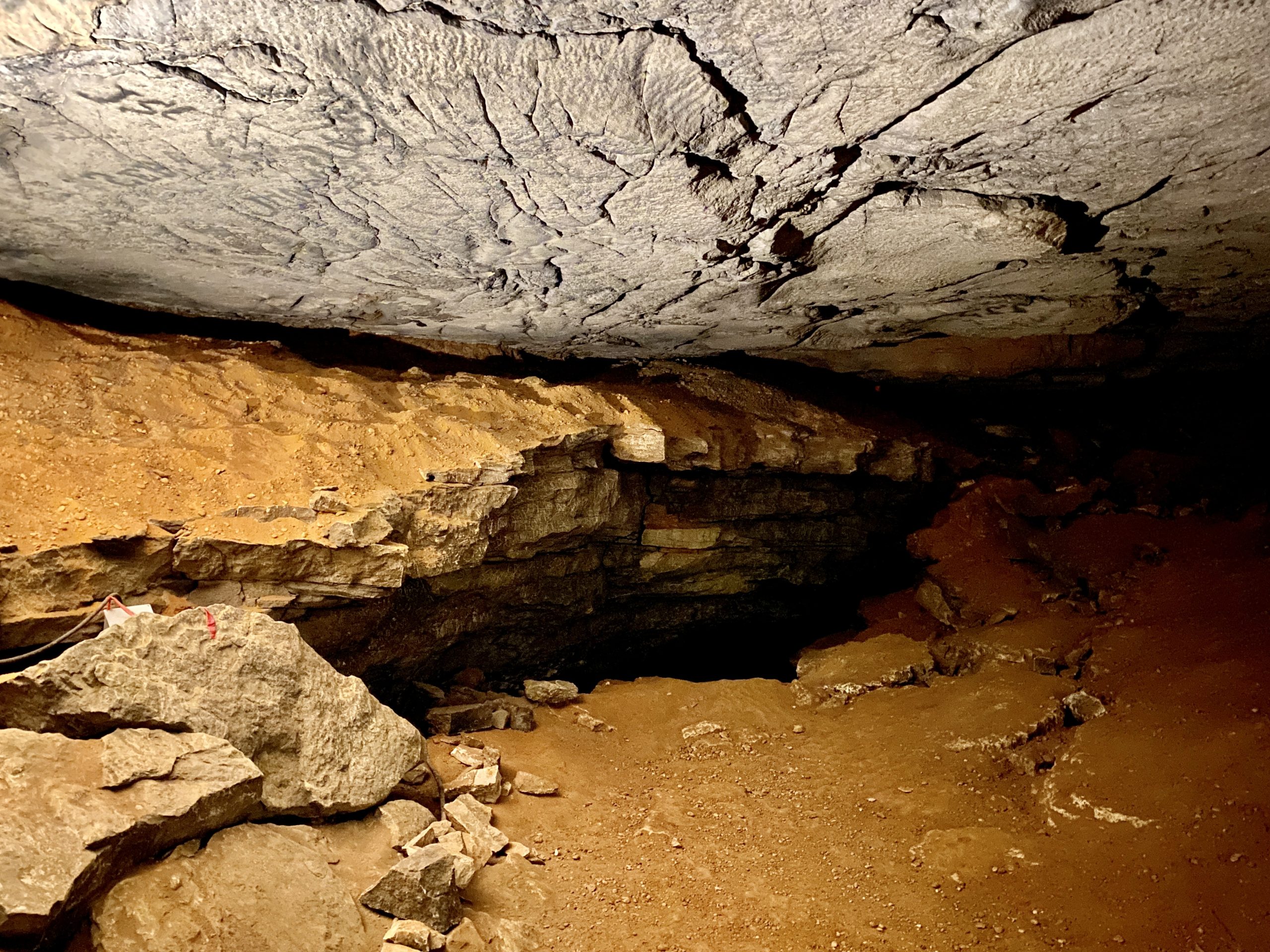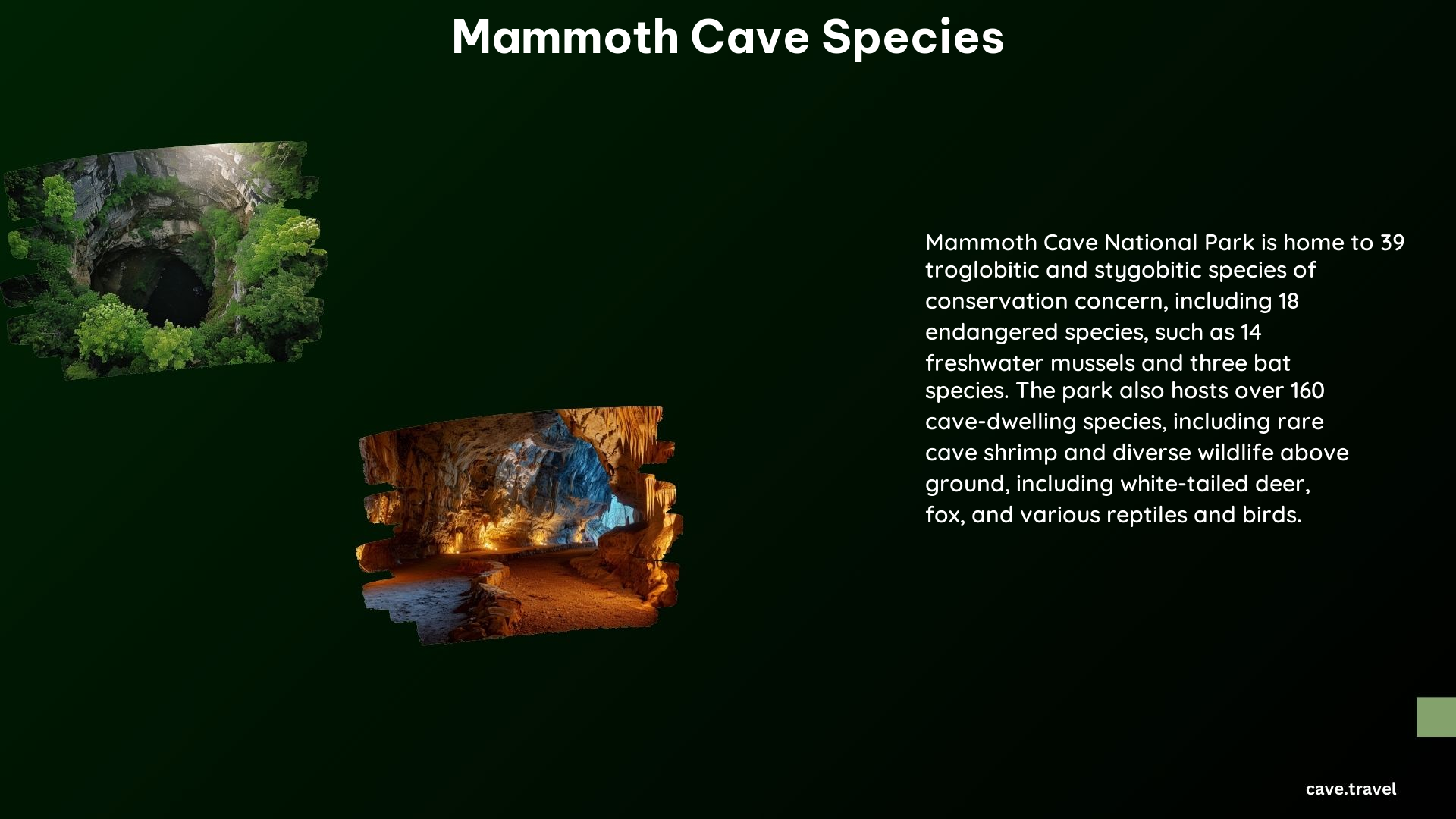Mammoth Cave National Park is a treasure trove of biodiversity, home to a wide range of species that have adapted to the unique subterranean environment. From the intricate cave-dwelling insects to the elusive cave-dwelling mammals, the park’s ecosystem is a fascinating study in the wonders of nature. In this blog post, we’ll delve into the captivating world of Mammoth Cave species and uncover the remarkable adaptations that allow them to thrive in this remarkable landscape.
Insects of Mammoth Cave

Mammoth Cave is a veritable insect haven, boasting over 160 species that have made the cave system their home. These insects have evolved remarkable adaptations to survive in the dark, nutrient-poor environment.
Cave-dwelling Insects
One of the most fascinating groups of insects found in Mammoth Cave are the troglobitic (cave-dwelling) and stygobitic (found in underground water) species. These insects have developed specialized features to navigate the pitch-black corridors, such as:
- Reduced or absent eyes and pigmentation, as vision is not necessary in the dark cave environment
- Elongated appendages, like antennae and legs, to enhance their senses and mobility
- Adaptations to conserve energy, as food sources are scarce in the cave system
Some notable examples of cave-dwelling insects in Mammoth Cave include the Mammoth Cave beetle, the Mammoth Cave springtail, and the Kentucky cave beetle. These species are of particular conservation concern, as they are found nowhere else on Earth.
Freshwater Fish and Mussels

Mammoth Cave National Park is also home to a diverse array of freshwater fish and mussels, thanks to the Green and Nolin Rivers that flow through the park.
Freshwater Fish
The park’s rivers and streams support over 50 species of fish, including:
- Smallmouth bass
- Bluegill
- Crappie
- Catfish
These fish have adapted to the cool, clear waters of the park’s waterways, providing an important food source for the local wildlife.
Freshwater Mussels
In addition to the diverse fish population, Mammoth Cave is also home to over 50 species of freshwater mussels. Sadly, seven of these mussel species are currently listed as endangered, highlighting the importance of conservation efforts in the park.
Mammals of Mammoth Cave
Mammoth Cave is home to a variety of mammalian species, both on the surface and within the cave system itself.
Surface Mammals
Visitors to Mammoth Cave National Park can often spot larger mammals like:
- White-tailed deer
- Foxes
- Raccoons
- Opossums
- Beavers
- Rabbits
- Squirrels
These surface-dwelling mammals thrive in the park’s diverse habitats, from the forested areas to the riparian zones along the rivers.
Cave-dwelling Mammals
The cave system itself is home to a number of smaller mammalian species, most notably bats. While bats are not as frequently seen on tour routes due to factors like increased tourism, deforestation, and the impact of White-nose Syndrome, they play a crucial role in the cave ecosystem.
Conservation Efforts
Mammoth Cave National Park is home to a staggering 18 species that are listed on the federal endangered species list. This includes 14 freshwater mussels, 3 bat species, and the Kentucky Cave shrimp. The National Park Service works tirelessly to protect and improve the habitats of these endangered species, ensuring that they can continue to thrive in this remarkable natural wonder.
Visiting Mammoth Cave National Park
If you’re interested in exploring the diverse Mammoth Cave species for yourself, the park offers a variety of guided tours and educational programs. To plan your visit, you can contact the park at 270-758-2180 or visit the park’s mailing address at P.O. Box 7, Mammoth Cave, KY 42259-0007.
For more information on the park’s species, you can also check out the comprehensive species list maintained by the National Park Service, which can be accessed through the NPSpecies database.
References
- https://www.inaturalist.org/places/mammoth-cave–2
- https://www.nps.gov/maca/learn/nature/endangered-species.htm
- https://www.nps.gov/maca/learn/nature/park-species-list.htm
- https://www.nps.gov/maca/learn/nature/viewing-park-wildlife.htm
- https://www.usgs.gov/geology-and-ecology-of-national-parks/ecology-mammoth-cave-national-park
